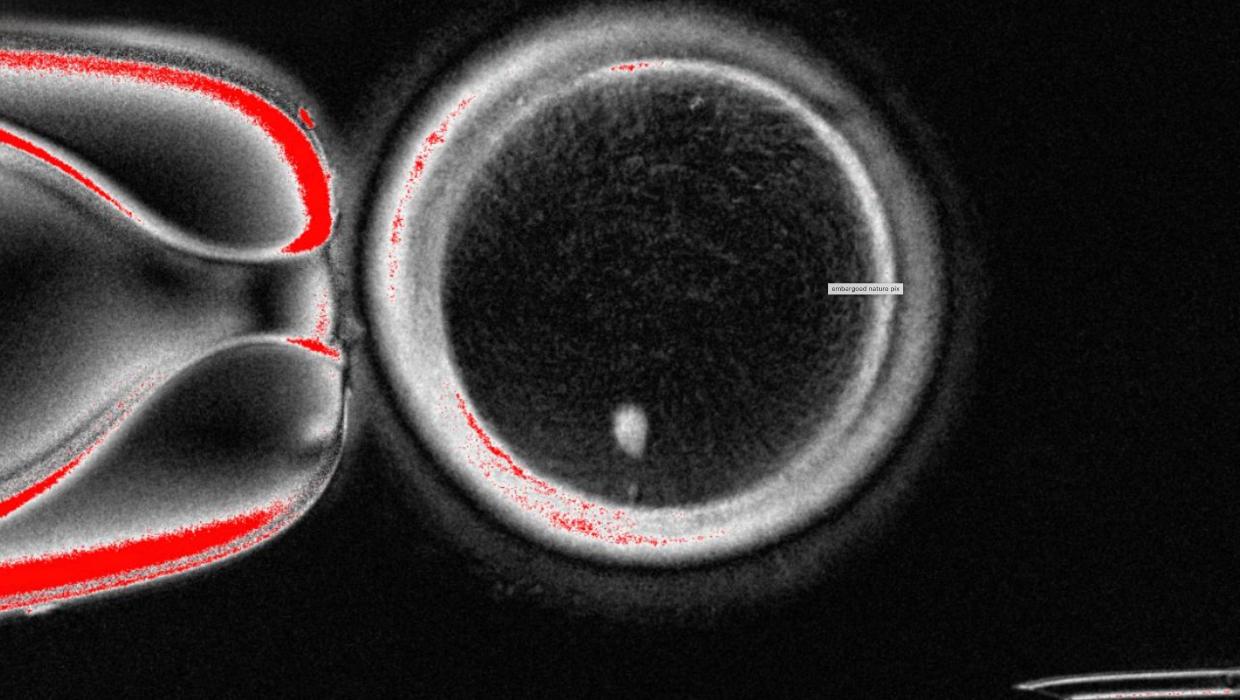Science
Scientists Transform Skin Cells Into Fertilizable Human Eggs

Researchers in the United States have achieved a significant breakthrough by converting human skin cells into fertilizable eggs. This advancement marks a crucial step towards developing lab-grown eggs or sperm, with the potential to assist individuals facing infertility challenges in the future.
The study, conducted by a team at the University of California, San Francisco, demonstrates the capacity to create viable human eggs from somatic cells, which are common cells found in the body. This innovative approach could revolutionize reproductive technology, offering new options for those who have difficulty conceiving naturally.
The research team utilized a technique known as induced pluripotent stem cell (iPSC) technology. This method involves reprogramming adult skin cells to revert to a stem cell state. Once in this state, these cells can differentiate into various types, including germ cells, which are essential for reproduction.
In a laboratory setting, the researchers successfully guided the reprogrammed cells to develop into mature oocytes, or eggs, capable of being fertilized. This breakthrough is particularly promising for individuals who may not have access to viable eggs due to age or medical conditions.
March 2024 marks a pivotal moment in reproductive science with the publication of these findings in the journal Nature Biotechnology. The implications of this research extend beyond individual cases of infertility. It opens up possibilities for advancements in genetic research and the study of early human development.
As this technology progresses, ethical considerations surrounding its application will be paramount. Discussions on how to responsibly use lab-grown gametes in clinical settings are already underway.
Researchers emphasize that while this development is groundbreaking, it is still in the early stages. There are numerous hurdles to overcome before lab-grown eggs can be routinely used in fertility treatments.
The potential of this technique could lead to a future where anyone, regardless of their biological circumstances, has the opportunity to conceive. Such advancements could reshape family planning and reproductive health on a global scale.
As scientists continue to explore the capabilities of stem cells, the road ahead looks promising. Continued investment in this area of research may pave the way for innovative solutions to some of the most pressing reproductive challenges faced today.
-

 Sports1 month ago
Sports1 month agoNetball New Zealand Stands Down Dame Noeline Taurua for Series
-

 Entertainment1 month ago
Entertainment1 month agoTributes Pour In for Lachlan Rofe, Reality Star, Dead at 47
-

 Sports1 month ago
Sports1 month agoSilver Ferns Legend Laura Langman Criticizes Team’s Attitude
-

 Entertainment2 months ago
Entertainment2 months agoKhloe Kardashian Embraces Innovative Stem Cell Therapy in Mexico
-

 Sports2 months ago
Sports2 months agoGaël Monfils Set to Defend ASB Classic Title in January 2026
-

 World3 months ago
World3 months agoPolice Arrest Multiple Individuals During Funeral for Zain Taikato-Fox
-

 Politics2 weeks ago
Politics2 weeks agoNetball NZ Calls for Respect Amid Dame Taurua’s Standoff
-

 Entertainment3 weeks ago
Entertainment3 weeks agoTyson Fury’s Daughter Venezuela Gets Engaged at Birthday Bash
-

 Sports3 weeks ago
Sports3 weeks agoHeather McMahan Steps Down as Ryder Cup Host After Controversy
-

 Entertainment3 weeks ago
Entertainment3 weeks agoTyson Fury’s Daughter Venezuela Gets Engaged at Birthday Bash
-

 World2 weeks ago
World2 weeks agoNew Zealand Firefighters Plan Strike on October 17 Over Pay Disputes
-

 Entertainment7 days ago
Entertainment7 days agoNew ‘Maverick’ Chaser Joins Beat the Chasers Season Finale





















